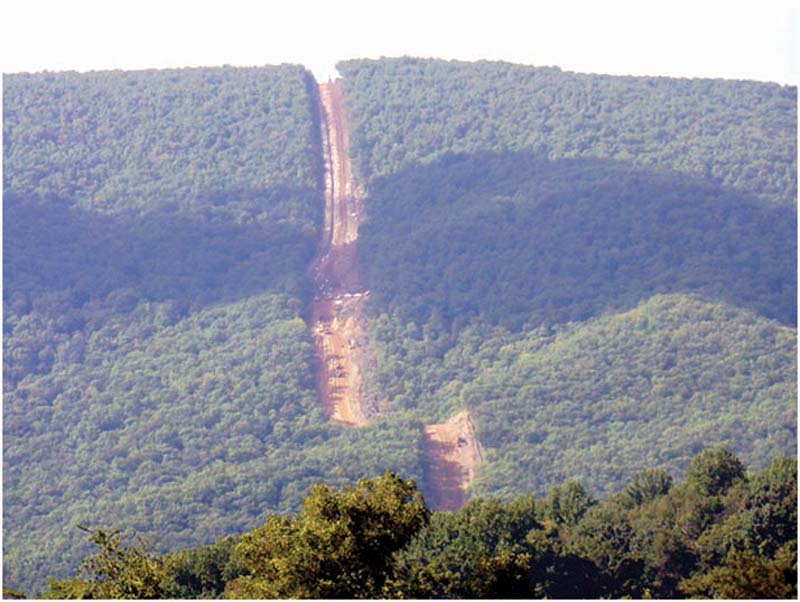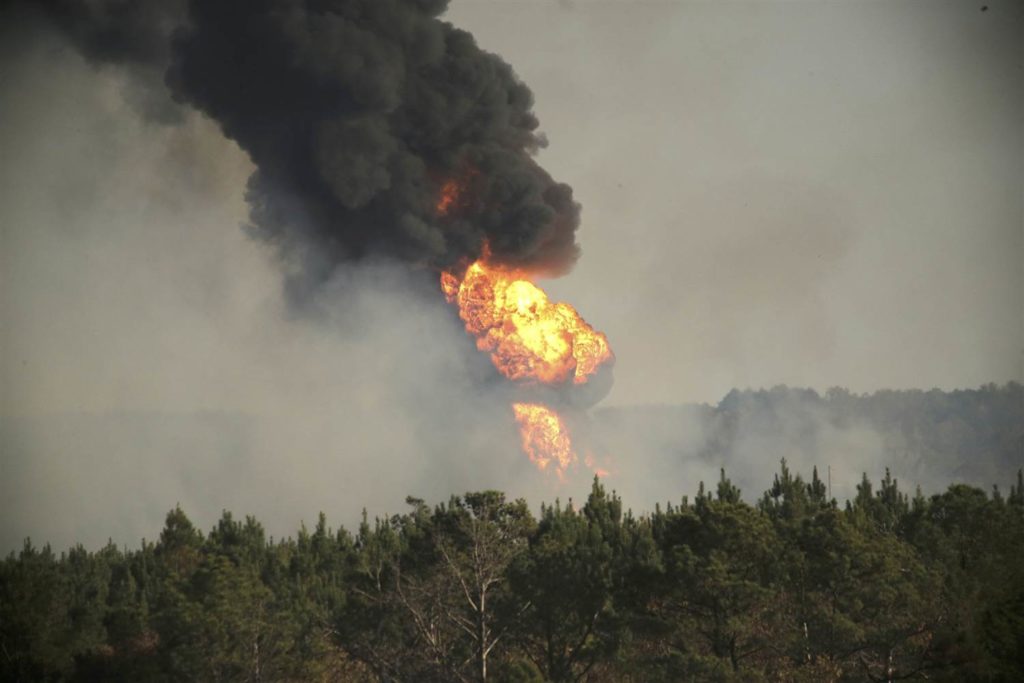The energy sector is cautiously confident, according to this article at Fortune.com. The key phrase from a quote in the article is, “We’re beginning to put capital back to work…”. That means investors are willing to put money into the industry. That means that work will start to pick up, development will increase, jobs will be provided, hydrocarbons will be produced. However, I’m even more glad that there is caution in the industry. That means we may not see an extreme boom/bust cycle soon. When things move slowly, people can plan for it and prepare for it. You can plan for a career. When things move fast, nobody benefits–even the money men lose sometimes, and that’s saying something. Here’s to cautious confidence in the oil and gas industry.
The Wolfcamp formation in the Permian Basin in Texas is not new, but we now have some new data that shows it will be ridiculously prolific. Here is a very short write-up about it. It’s interesting to see how new technologies have changed the future of oil and gas production. Previously, there were a lot of people who were worried about “peak oil”, the idea that the world was running out of oil to produce. The theory said, in essence, that on a specific day (which varied according to who was doing the calculating) we would produce the most oil ever, and never be able to produce more. It seems we have put off peak oil for quite a while. New technology, namely horizontal fracking, did it.
Here’s an article from Japantoday.com that says Trump is unlikely to ban Saudi oil. It gets into the history of OPEC for a while, but the practical reasons for not banning Saudi oil are interesting.
There is some slight chance that the next OPEC meeting in Vienna on November 30 could result in a production freeze or cut. This article by Richard Zeits over at Seeking Alpha gets into some detail about it, but the short version is that all producers stand to benefit from increased prices.
While Donald Trump plans to make significant changes to the Clean Power Plan, there’s at least one energy company CEO who thinks it won’t make a difference. Gerry Anderson of DTE Energy in Michigan says that DTE is making the change over from coal to natural gas (and renewables) regardless. Anderson also says that he doesn’t know anybody who is building a new coal plant. While this is great news for the northern part of West Virginia, the southern part of the state is still hurting badly from the loss of coal-related jobs. Luckily, there are a couple of new metallurgical coal mines being opened up on the West Virginia/Virginia border. If I were reliant on the coal industry for my livelihood, thought, I’d be figuring out how to make a change quick.
It’s November 29, the day before the next OPEC meeting. Saudi Arabia has proposed a 4.5% cut for itself if Iran will freeze at 3.8 million barrels per day and if Russia will agree to cut production. That’s a pretty aggressive stance, and Iran has unsurprisingly resisted that proposal, with oil prices falling over $1.50 per barrel on that news. This article says that Saudi Arabian Energy Minister Khalid Al-Falih is setting the stage for failure because he doesn’t like Trump’s campaign promise to ban Saudi oil imports. While Trump’s campaign promises are looking more like suggestions these days, it makes sense to set someone else up as the scapegoat. However, when going in to negotiations you always set your expectations high, and that’s what Saudi Arabia has done. Any cut/freeze combo right now would bring prices well up over $50/bbl for at least a few months. Attacks on Nigerian pipelines have boosted prices this month, and Nigeria doesn’t provide a huge number of barrels to the world market.
The United States became a net exporter of natural gas in the last couple of months. Most of the exports went through pipelines to Mexico and Canada, but some went overseas in the form of LNG from the Sabine Pass plant in Louisiana. This shipment of LNG to China, for example. Additional LNG plants are expected to come online in late 2017 and in 2018, so exports should continue to pick up.
Good news for the Marcellus/Utica area, but mostly the Ohio portion of it. The REX pipeline is about to expand from 1.8 billion cubic feet per day to 2.6 billion cubic feet per day. It won’t have a direct effect on West Virginia, but any added capacity from the area is better than none.
Japanese environmentalists are excited about increased fracking in America, and oppose nuclear power. American environmentalists are pretty much the opposite. Kind of interesting.
November 30, 2016: The early news is that OPEC has agreed to cut production by 1.2 million barrels per day. That is shocking, to say the least. Oil prices are up by $3.30 already, and the day has hardly begun. It will be interesting to see if the price continues to climb throughout the day, or if the markets will think that is enough of a jump.
The highest change that we saw today was $4.40/bbl. Markets closed at $3.35/bbl higher than they had opened. Seems $4.40 up was just a little too much for the markets.
December 1, 2016: Oil is up another dollar and fifty cents this morning. The price at my local gas station went up ten cents overnight. As usual, gasoline prices go up a lot faster than they go down.
Some articles about the Wolfcamp formation have come out saying that it will be uneconomic to produce at current ($45/bbl) prices. The numbers he used look conservative, as horizontal wells can and do regularly drain more acreage than he allows for. However, his main point stands: the hydrocarbons are worth a lot of money, but nobody in the media took the time to figure out how much it would take to get out of the ground.
Great news for West Virginia mineral and royalty owners! The price of natural gas is up over $3.40/MCF this morning! Those are excellent, healthy numbers, and should result in a nice increase in royalty check numbers.
Since it’s the first of December, a quick look at the winter forecast is worth doing. Pretty much everybody agrees that it’s likely to be a little colder than average in the north, and about average across most of the country, with the south above average. Since the majority of natural gas use comes in the Northeast and Midwest, that should indicate that we’ll use up a lot of natural gas this winter. We can expect higher natural gas prices because of that. Natural gas prices probably won’t climb up to $4.00/MCF this winter, but I wouldn’t be too surprised to see them break $3.70/MCF or even $3.80/MCF for long periods.


